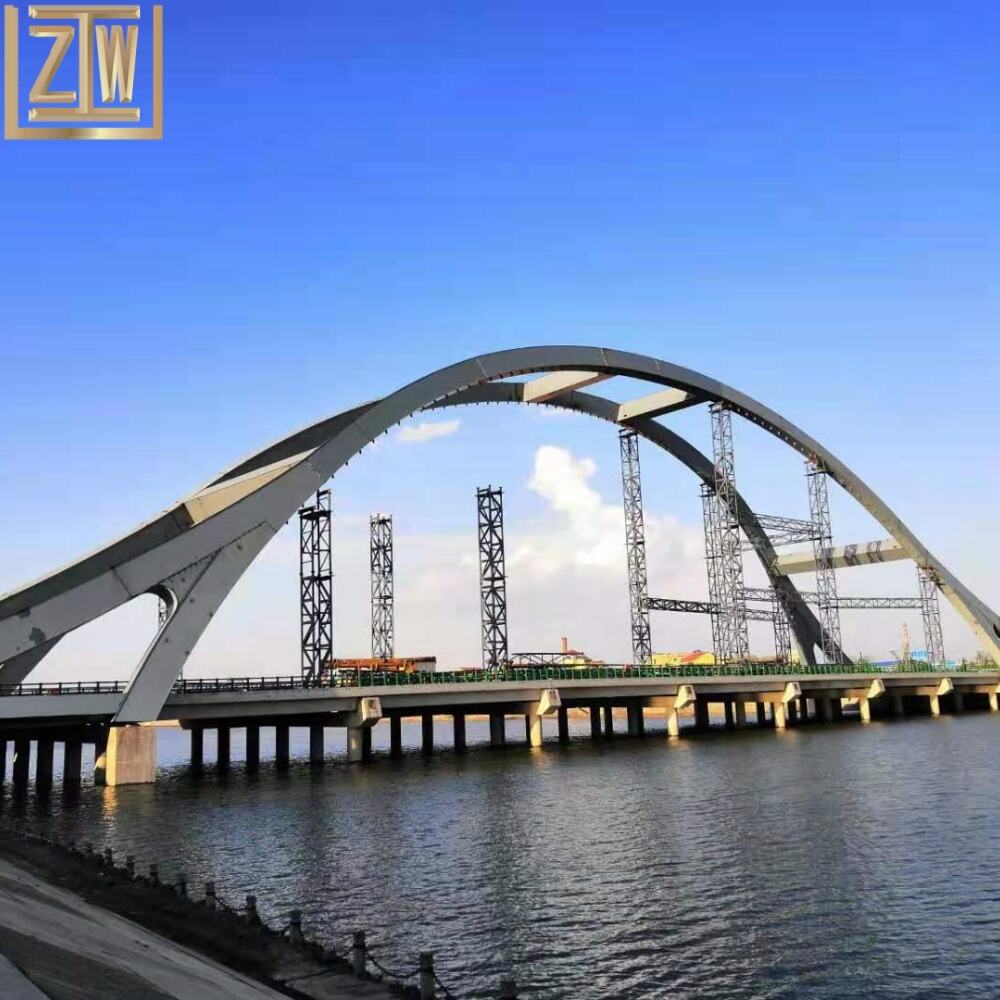Steel bridges are a clear sign of how well design and safety can work together. They dont just move cars, trains, or pedestrians; they also give parks, rivers, and city skylines a fresh look. In this post, well break down what makes steel bridges tick-their design features, the perks they offer, and the newest ideas engineers are rolling out.
When we talk about steel bridges, the first thing to notice is how strong they are. Steel has a high strength-to-weight ratio, so engineers can build a span that carries heavy trucks yet uses less material than concrete or stone. That lean build cuts project costs and lets crews stretch longer sections across busy streets, a real plus in crowded city zones. On top of that, modern computer tools let them shape arches, trusses, and cables into forms that flow with hills and water instead of fighting against them.
Steel bridges are more than strong; they are easy to keep up and last a long time. Wood rots and concrete cracks in harsh weather, but a good piece of steel stands firm against rain, sun, and salt. That built-in toughness means bridge owners spend less time and money on repairs and the span can keep working for many extra years. On top of that, today's special paint and surface treatments fight rust even harder, giving the steel a fresh coat and extra protection for decades.
Looks count too, and steel has transformed from plain riveted beams to sweeping skyline statements. City planners now team up with designers so each bridge does its job while becoming a landmark people love to photograph. Stretched cables, soaring arches, and slender girders let steel show off its grace, turning road and rail crossings into art. As cameras click and visitors arrive, local shops and hotels pick up business, proving that well-crafted steel spans boost both mobility and the economy.
Sustainability matters more than ever when engineers design and build steel bridges. People care about the planet, and the push for greener construction is stronger today than a few years ago. Steel is easy to recycle, so many new bridges come with plans that make disassembly simple when the time comes. On top of that, modern steel mills use cleaner, energy-saving processes, which dial down the carbon costs every time a bridge goes up.
Looking to the horizon, the steel bridge story still shines. New materials and design tricks show up almost every season. Right now, tying smart sensors into steel frames is one of the coolest ideas. These tiny circuits watch for cracks, rust, and loading in real time, sending alerts straight to maintenance crews. The result is safer travel and budget-friendly repairs. As neighborhoods expand, steel bridges will keep crossing rivers and rail yards, blending useful strength with that signature skyline sparkle.
To wrap things up, steel bridges really show how engineering and good looks can work together. Because they are strong, need little upkeep, look great, and can be recycled, they fit almost every new road or rail plan. With smart sensors, advanced coatings, and fresh styles on the horizon, these bridges promise to stay useful and attractive long into the future.


